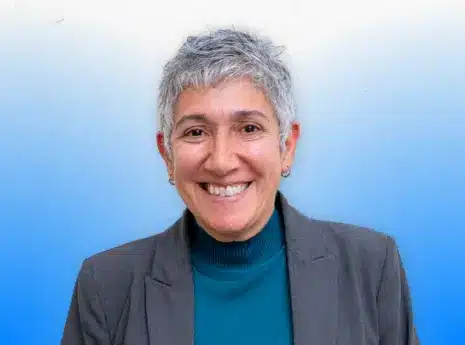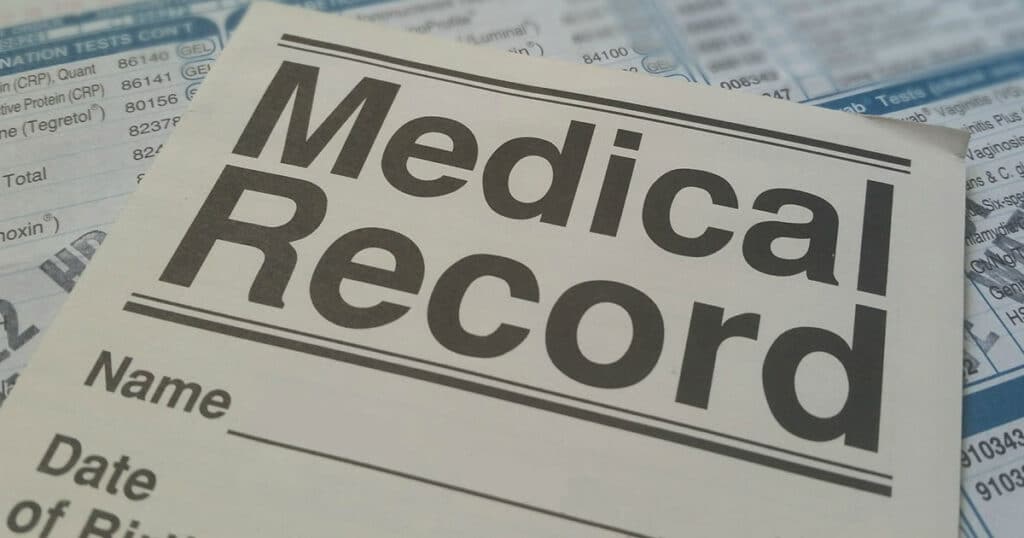Early Retirement and Disability Benefits
Home » Applying for SSDI » Early Retirement and Disability Benefits
The process of being awarded SSDI benefits can take quite some time, and it is often an attractive option to take so-called “early retirement” from Social Security at age 62.
What Happens When You Take The Early Retirement Option?
This means that a claimant will receive 75% of what Social Security would have paid each month (a 25% penalty) for the rest of his or her life. While a 25% reduction may not seem like much, it is no surprise that an individual’s Social Security payments are far from robust – how to navigate this decision is a question facing many people.
But If You Took Early Retirement, It May Be Possible To Have Your SSDI Benefits Restored
In order to regain that 25% and have full retirement restored, in effect it must be shown to Social Security that an individual was disabled at the time he or she took early retirement. Such a claim before Social Security is made in order to 1) show the Agency that an individual was disabled at or before the time he or she filed for early retirement, and 2) restore the 25% penalty from the time the individual took early retirement to the time of award, and going forward.
The monthly benefit under Disability is effectively the same amount one would receive under full retirement. A normal Disability Award usually comes in two parts: the back benefits and the monthly payment. Back benefits are paid as a lump sum of money made up of the monthly benefit an individual would have earned up to a year behind an application – this is the Agency paying an individual for time he or she was disabled before the Disability award was made.
A Case Study In Restored Social Security Disability Benefits
The facts below are very similar to a case handled recently by Citizens Disability.
Mr. Smith took early retirement in May 2010 because of medical conditions that forced him to stop working in November 2009. He later realized he could apply for Disability, hoping to get back the 25% penalty and receive full retirement benefits.
By the time his case went to Hearing, he was 67 years old. In October 2014, the Administrative Law Judge determined that as of January 1, 2010 Mr. Smith had been disabled.
Mr. Smith’s payments will be based on the Agency treating him as though he had not taken early retirement but instead had been disabled as of January 1, 2010. Note also that he was found to have been disabled starting before he took early retirement. This means he will receive payment for four different time periods:
Period 1: Disability payments from the time of onset of disability (January 1, 2010) and the start of early retirement in May 2010.
Period 2: The difference between early retirement and disability (effectively the same as regular retirement) before retirement age. This is the 25% penalty restored and paid out.
Period 3: The difference between early retirement and regular retirement (because the claimant was found disabled, it is disability before retirement age and retirement payments afterward) paid out after retirement age.
Period 4: Regular retirement going forward.
Mr. Smith’s back benefits will be comprised of 5 full months of disability (100% of early retirement) for the period when he was disabled but had not yet taken early retirement, and over 40 months at 25% of full retirement to restore the penalty from all of that time. He will be considered to have been disabled from the time the Judge found his disability began (January 1, 2010) up until retirement age, and will be considered to have been on regular retirement since he reached retirement age.

Linda Cosme formerly served as a Member of the Appeals Council (AC) for the Social Security Administration (SSA), and Program Expert for the Social Security Administration and Disability Quality Branch (DQB). Ms. Cosme also served as a Quality Assurance (QA) Reviewer, Initial Disability Examiner, Reconsideration Disability Examiner, and Continuing Disability Examiner (CDR) for the Disability Determination Services (DDS). She is admitted to practice law in Arizona, Georgia, and the United States Ninth Circuit Court of Appeals.
It is easy to get started.
It is easy to get started. No upfront costs – You only pay if we win!
Oops! We could not locate your form.









